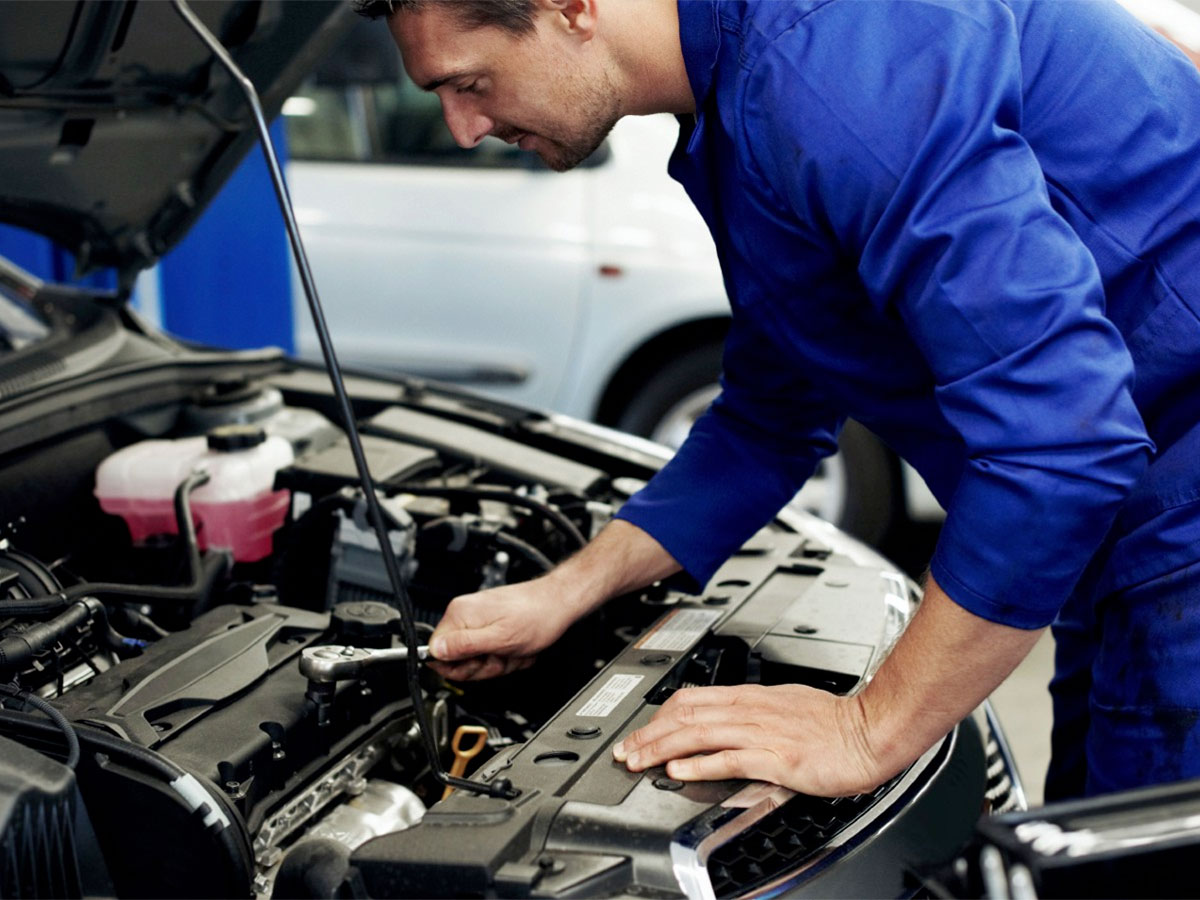Every car owner has experienced that sinking feeling when their vehicle shows signs of trouble. While modern engines are marvels of engineering, occasional issues are inevitable. The key to minimizing these problems’ impact lies in troubleshooting. By understanding common engine problems and knowing how to diagnose them, you can save time, money and potentially prevent more severe issues. Here’s a guide to help you navigate the art of troubleshooting your car’s engine:
1. Unusual Noises
Symptom: Knocking or Pinging Sounds
Potential Causes: Ignition timing issues, low-quality fuel, carbon buildup, or faulty spark plugs.
If you notice knocking or pinging sounds, it could indicate problems with the combustion process. Check the spark plugs, ensure you are using the recommended fuel grade, and consider having the ignition timing checked.
Symptom: Clicking or Ticking Noises
Potential Causes: Low oil levels, worn-out lifters, or issues with the valvetrain.
Clicking or ticking sounds may suggest insufficient lubrication or problems with engine components. Check the oil level and quality, and if the issue persists, have the valvetrain inspected by a professional.
2. Poor Performance and Efficiency
Symptom: Reduced Power and Acceleration
Potential Causes: Clogged air filters, fuel system issues, or a malfunctioning oxygen sensor.
If your car struggles to accelerate or experiences a noticeable drop in power, inspect the air filters and the fuel delivery system. A faulty oxygen sensor can also impact fuel efficiency.
Symptom: Decreased Fuel Efficiency
Potential Causes: Incorrect tire pressure, a dirty air filter, or issues with the fuel injection system.
Keep an eye on your car’s fuel efficiency. Simple maintenance tasks like checking tire pressure and replacing air filters can have a positive impact. If problems persist, have the fuel injection system examined.
3. Starting and Idling Issues
Symptom: Difficulty Starting the Engine
Potential Causes: Weak battery, faulty starter motor, or a malfunctioning ignition switch.
If your engine struggles to start, check the battery’s health and connections. If the battery is not in proper condition, there may be an issue with the starter motor or ignition switch.
Symptom: Rough Idling
Potential Causes: Dirty fuel injectors, vacuum leaks, or a malfunctioning idle control valve.
A rough or unstable idle could point to issues with the fuel delivery system or vacuum leaks. Cleaning or replacing fuel injectors and checking for vacuum leaks can address these problems.
4. Warning Lights on the Dashboard
Symptom: Check Engine Light
Potential Causes: Various issues, including a loose gas cap, faulty oxygen sensor, or more serious engine problems.
The check engine light is a general indicator of a problem in the engine system. Use an OBD-II scanner to retrieve diagnostic trouble codes (DTCs) and identify the specific issue triggering the warning.
Symptom: Oil Pressure Warning Light
Potential Causes: Low oil levels, a faulty oil pressure sensor, or engine oil viscosity issues.
If the oil pressure warning light comes on, check the oil level immediately. If it’s adequate, have the oil pressure sensor inspected, and consider using the recommended oil viscosity.
5. Excessive Exhaust Smoke
Symptom: Blue Smoke
Potential Causes: Oil burning in the combustion chamber due to worn piston rings, valve seals, or a malfunctioning PCV valve.
Blue smoke from the exhaust indicates oil consumption issues. Addressing worn-out components or fixing the PCV valve can mitigate this problem.
Symptom: Black Smoke
Potential Causes: Rich fuel mixture, clogged air filter, or malfunctioning fuel injectors.
Black smoke suggests an overly rich fuel mixture. Check and replace the air filter, and if the issue persists, inspect the fuel injection system.
Symptom: White Smoke
Potential Causes: Coolant entering the combustion chamber due to a blown head gasket or a cracked cylinder head.
White smoke can indicate a serious issue, such as coolant mixing with the combustion process. Seek professional assistance immediately to prevent further damage.
Mastering the art of troubleshooting is an invaluable skill for any car owner. Regular maintenance, timely diagnosis, and addressing issues promptly can keep your engine running smoothly and prolong the life of your vehicle. If you’re uncertain about the problem or lack the tools to diagnose it, consulting with a qualified mechanic is always a wise decision.
Conclusion
In the world of automotive ownership, understanding and mastering the art of troubleshooting your car’s engine is akin to possessing a key that unlocks the door to prolonged vehicle health and performance. As we’ve explored the various symptoms and potential causes of common engine problems, it becomes evident that proactive maintenance and swift diagnosis are pivotal in ensuring a smooth driving experience.
By paying attention to the subtle cues your vehicle provides, such as unusual noises, changes in performance, or warning lights on the dashboard, you can become attuned to your car’s heartbeat. Regular check-ups, adherence to recommended maintenance schedules, and addressing issues promptly save you from potential breakdowns and also contribute to your vehicle’s longevity.
In the ever-evolving landscape of automotive technology, troubleshooting extends beyond traditional boundaries. With the integration of advanced electronics and computerized systems, staying informed about the latest trends and diagnostic tools becomes increasingly critical.
Remember, your car communicates with you through symptoms. The key is to interpret these signals, and in doing so, you empower yourself to take the necessary steps—whether it’s a simple air filter replacement or seeking professional assistance with a more complex issue.
In the end, troubleshooting is not just about fixing problems; it’s about cultivating proactive and informed car ownership. By embracing this mindset, you not only ensure the reliability and efficiency of your vehicle but also embark on a journey toward a smoother and more enjoyable driving experience.


